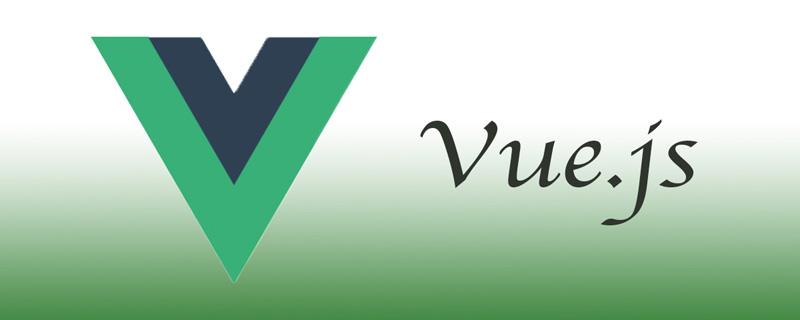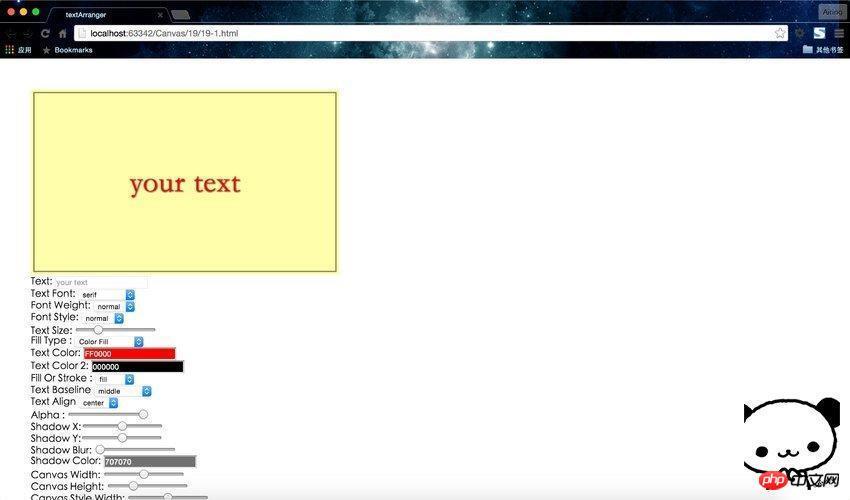vue.use为注册全局插件所用,接收函数或者一个包含install属性的对象为参数;如果参数带有install就执行install,如果没有就直接将参数当install执行;并且第一个参数始终为vue对象,注册过的插件不会重新注册。

本教程操作环境:windows7系统、vue2.0版本、Dell G3电脑。
相关推荐:《vue.js教程》
定义
vue.use()往全局注入一个插件,供全局真接使用, 不需要单独引用
代码理解:
import Router from 'vue-router'
// 入口文件全局注入vue-router, 从而可以在全局使用this.$route
Vue.use(Router)如果不使用vue.use那么需在组件中使用都得单独引入
// a.vue
import Router from 'vue-router'
// b.vue
import Router from 'vue-router'理解了其基本使用及作用,我们来看一下vue.use中都发生了什么
源码很少,所以直接摘抄了
Vue.use = function (plugin: Function | Object) {
const installedPlugins = (this._installedPlugins || (this._installedPlugins = []))
if (installedPlugins.indexOf(plugin) > -1) {
return this
}
// additional parameters
const args = toArray(arguments, 1)
args.unshift(this)
if (typeof plugin.install === ‘function’) {
plugin.install.apply(plugin, args)
} else if (typeof plugin === ‘function’) {
plugin.apply(null, args)
}
installedPlugins.push(plugin)
return this
}总结
vue.use()为注册全局插件所用,接收函数或者一个包含install属性的对象为参数,如果参数带有install就执行install, 如果没有就直接将参数当install执行, 第一个参数始终为vue对象, 注册过的插件不会重新注册。
以上就是vue.use中发生了什么的详细内容,转载自php中文网






发表评论 取消回复